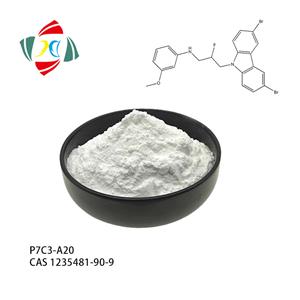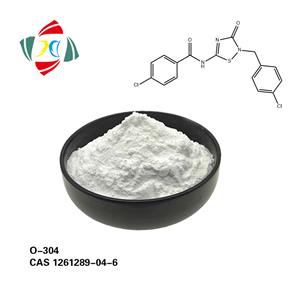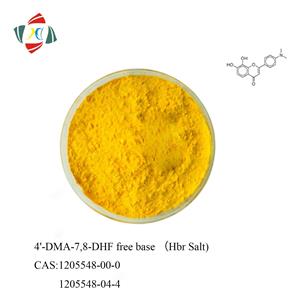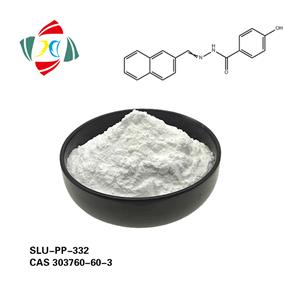The difference between quercetin, dihydroquercetin and isoquercetin
First of all, quercetin, dihydroquercetin and isoquercetin are all natural plant flavonoids. Quercetin itself has two molecules of bound water (dihydrate), with the molecular formula of C15H10O7 + 2H2O. Therefore, quercetin dihydrate is a more strict name for quercetin API, but in the determination of quercetin content, the content of anhydrous quercetin should be calculated, that is to say, two parts should be removed from the calculation Zishui. In terms of chemical structure, dihydroquercetin is the reduced form of quercetin, that is, the product of hydrogenation of the double bonds at 2 and 3 positions in the mother nucleus of flavonoids. Molecular formula c15h12o7, isoquercetin is glycoside, while quercetin is aglycone, also known as sugar ligand. Isoquercetin is a glucose added to the skeleton. Molecular formula c21h20o12, quercetin and isoquercetin are from rutin It is obtained by de sugar treatment. One sugar (rhamnose) is removed to form isoquercetin, and two sugars (glucose + rhamnose) are removed to form quercetin. In terms of water solubility, quercetin is insoluble in water and can only be made into tablets, while dihydroquercetin and isoquercetin have better water solubility. In terms of bioavailability, isoquercetin has been proved to have higher bioavailability and faster absorption rate than quercetin or quercetin (rutin), which is about twice as fast as quercetin and ten times faster than quercetin (rutin). The glucose part of isoquercetin accelerates the uptake of molecules and the transformation to quercetin.




